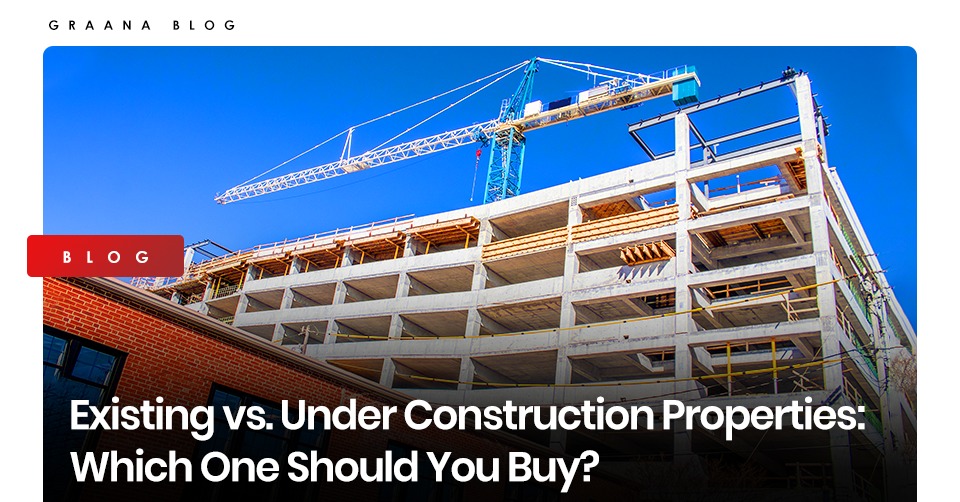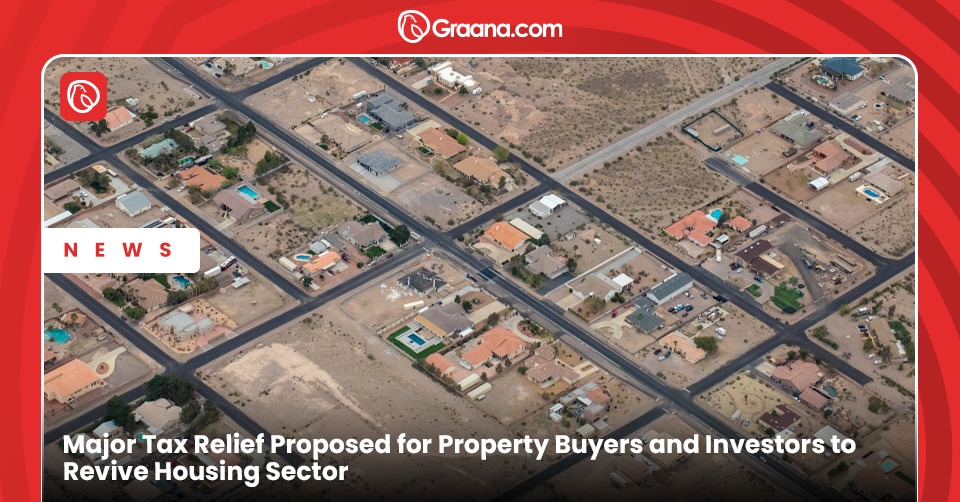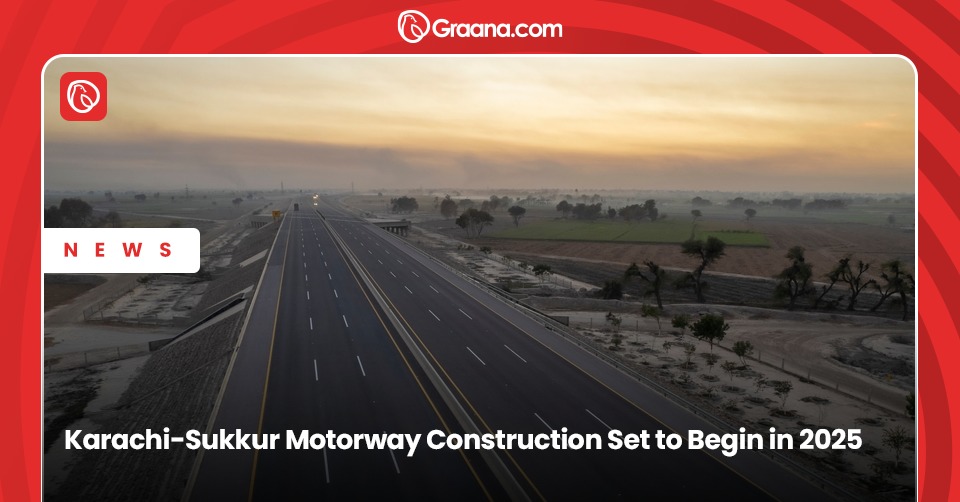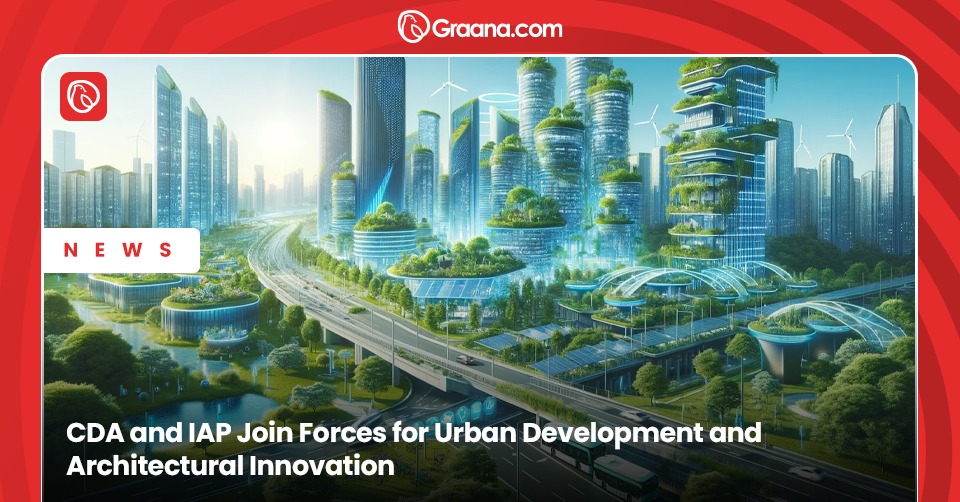Purchasing a home is perhaps one of the most important decisions most people make. Therefore, investors should put all the time and effort into research before finalising anything. While there are many factors to consider, one of the most common questions most purchasers have is whether they should purchase an existing (ready-to-move-in) or under-construction property.
Of course, both of these solutions have advantages and disadvantages. One size does not fit everyone, just like anything else. Hence, your ultimate decision should be based on your requirements and what works best for you.
Graana.com, Pakistan’s smartest property portal, has described some of the most critical considerations property purchasers should examine before investing in a property that is still being built or buying a ready-to-move-in flat.
Advantages of Buying an Under Construction Property
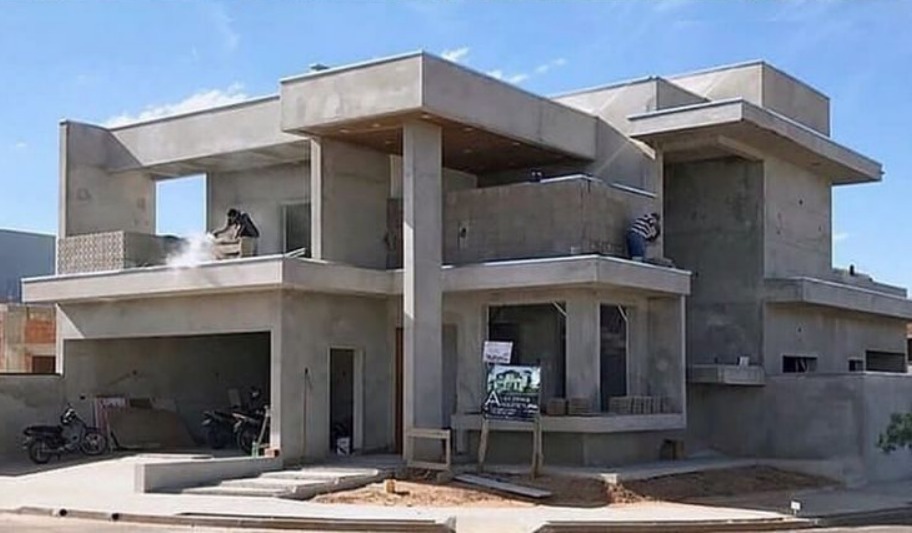
Some of the advantages of buying an under-construction property are
Easier on the wallet
Purchasing an under-construction house is less expensive than purchasing a ready-to-move-in home. The latter still costs relatively more if other parameters such as location, area, property type, and builder are the same. The price difference can be anywhere from ten to thirty percent.
Larger Returns
Purchasing an under-construction property typically results in a higher return on investment due to the longer time between the purchase stage and the delivery date. You have a strong chance of getting a fair return on your capital investment if you sell the property closer to possession.
RERA Compliance
The Government of Pakistan decided in 2019 to set up the Real Estate Regulatory Authority (RERA), which will have exclusive oversight over the real estate sector of Pakistan. Currently, RERA is a guide on real estate matters to the Government of Pakistan and is working on updating laws relating to this sector. Since the authority on real estate lies with RERA, potential investors can get updated and authentic information on a construction project.
Advantages of Buying an Existing Property
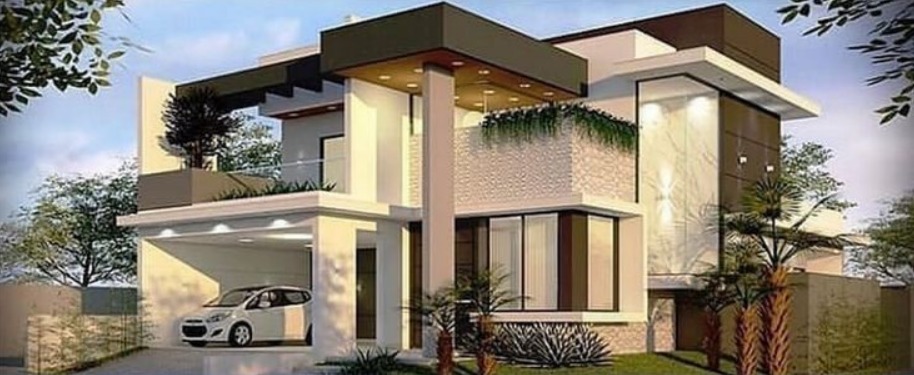
Advantages of buying a completed property are
No Waiting Period
One of the most significant advantages of a ready unit is the absence of any waiting period. You have to pay the deposit, complete the paperwork, and move in. If you are financing your home purchase, this also relieves you of the additional strain of paying rent and Equated Monthly Installments (EMIs).
What You See Is What You Get
Unlike an under-construction unit, you receive exactly what you pay for with a ready unit. There is no chance of problems with a falsely claimed layout, features, and facilities, among other vital things, because the apartment is ready for you to examine before you finalise the purchase.
GST Exemption Implication
Property taxes are complicated matters but have a huge impact on your decision of buying a property. The Goods and Services Tax (GST) imposes a 5% tax on the purchase of properties that are still under construction. However, ready-to-move-in properties are exempt from the GST.
Disadvantages of Buying a Property Under Construction
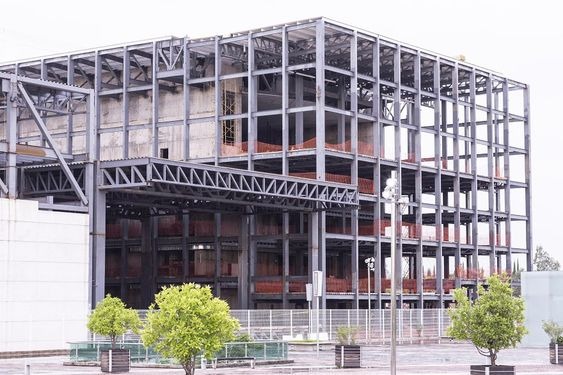
Disadvantages to buying an under-construction property are
Higher Risk
Investing in a project that is still under construction carries a certain amount of risk. There have been instances where the builder has failed to deliver on time or, in some cases, at all, due to a variety of factors such as funding constraints, rising building material costs, and rising lending rates, among others. Before investing in a property that is still under construction, it is critical to conduct a thorough background check on the builder.
Discrepancy in the Layout/Features of the Final Product
The risk of not receiving the promised product at the time of possession is one of the most typical issues with under-construction properties. Typical inconsistencies include less usable space than promised, a different layout, and inadequate amenities.
GST Implication
Property taxes can play a huge role in a buyer’s decision. Purchasing an under-construction property will result in a tax of 2% of the total cost of the property, along with a 3% stamp duty. Stamp duty and registration fees must be paid separately, resulting in significant tax expenses.
Once the buyer has taken possession of the property, the benefits under these sections are limited to just ready-to-move-in properties. Beginning with the year of possession, the tax benefits on interest paid during the construction of a property can be claimed in five equal instalments.
Real Estate Market Risks
Project delays are extremely prevalent because of the numerous real estate market risks, especially after COVID-19. As a result, under-construction properties run the risk of losing tax advantages.
Disadvantages of Buying an Existing Property
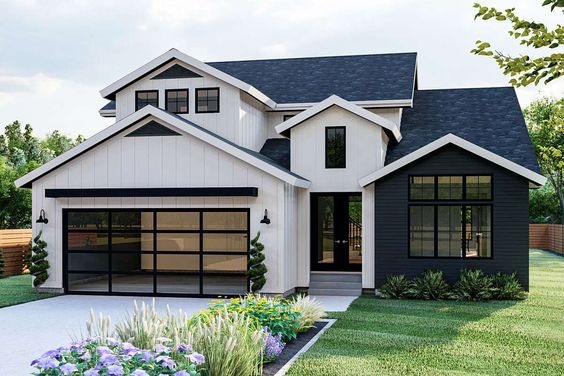
Disadvantages to buying an existing property are
Higher Cost
Since a finished building usually features polished woodwork or polished marble floor, it costs more. This greater cost is one of the most obvious disadvantages of purchasing a ready-to-move flat over an under-construction property.
Quality of Construction
In the case of an under-construction property, you can analyse the work progress and thus learn about the construction quality in terms of materials used, foundation strength, and so on. On the other hand, you cannot do any such tests on a ready unit.
Property Age
Unlike an under-construction property, purchasing a ready unit does not always guarantee you a brand new house. It could have been on the market for a long time. As a result, if it has not been properly maintained, it may begin to appear aged.
Who Should Buy Existing Property
As previously said, the decision to purchase a ready-to-move-in or under-construction property is mainly personal.
For example, if you need a place to live quickly, buying a fully constructed unit will be your best option because waiting for an under-construction project to be completed could take a long time. In addition, the majority of under-construction residences are in newly developed housing developments on the outskirts of town. So, if you want to live near the city centre in a decent, established neighbourhood, you’ll probably have to choose between a ready-to-move-in apartment or a house.
Furthermore, there is usually little chance of possession delays in ready-to-move-in properties. The house’s construction, layout, and other infrastructure aspects are all right there for you to examine. You also won’t have to worry about any unforeseen development fees, and you’ll be able to finance the acquisition with a home loan.
However, you should be aware of the drawbacks of ready-to-move-in properties. Inflationary costs and a lack of customising possibilities are among them.
Who Should Buy an Under Construction Property
Buying an under-construction property is an excellent alternative for people wishing to build their real estate portfolio. This will help them receive a high return on investment, in comparison to buying a ready-to-move-in house.
Unless you require immediate housing, buying in an under-construction property makes more sense. This is because it is less expensive and may allow you to alter the layout to your liking. Furthermore, because such properties are typically found in developing areas, the potential for value appreciation is substantially higher.
To read more about real estate construction, visit Graana.com.
